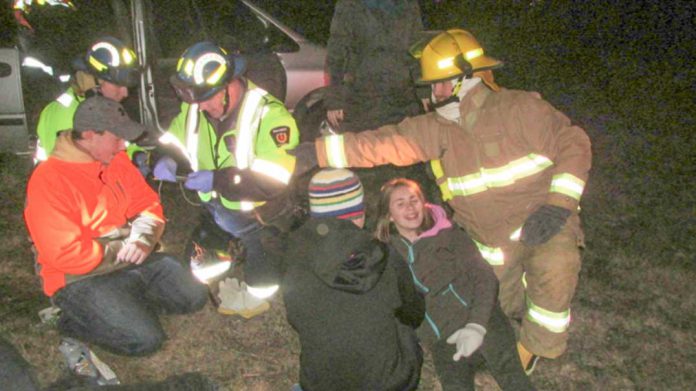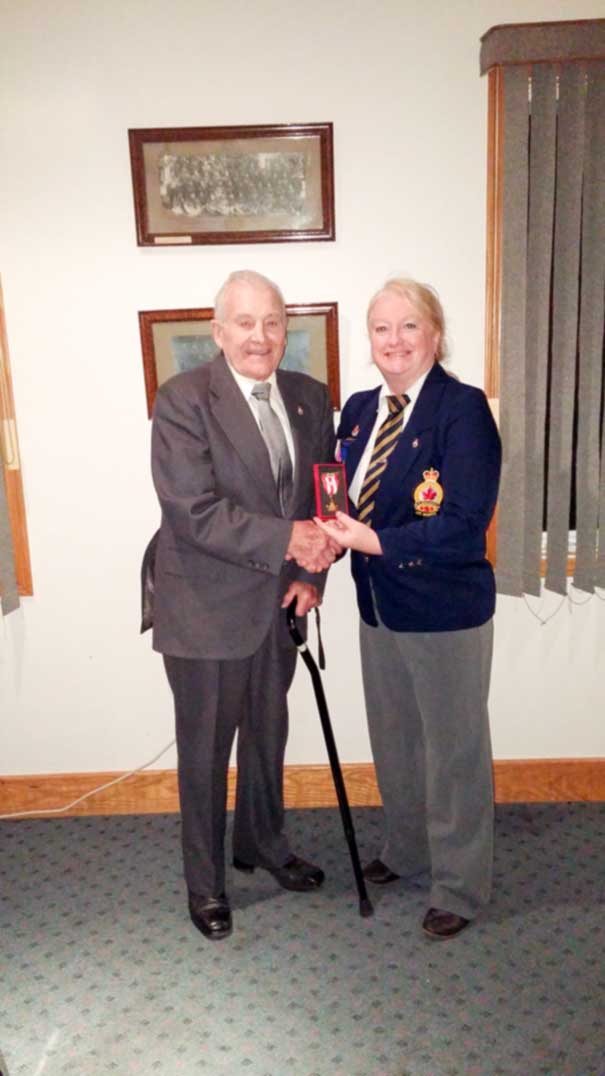Here we are in the middle of November and everything is still perfect for getting some last minute work done in the garden. It’s really hard to believe that we are just a few short weeks from Christmas, but since we are I’m going to go off topic briefly.
Buying just the right Christmas gift can often be a real challenge. Fortunately, gardeners are amongst the easiest of people to please. Recently I was gifted a book that I think might be of interest to a wide range of local gardeners. Anyone who knows me well is aware that I am a huge advocate for supporting local business and entrepreneurs. Imagine then my delight at finding in my hands a gardening book written by a well known local gardener and focusing exclusively on local growing issues. What better gift could you give to the gardener in your life than a book to help them dream through the winter ahead? The book I am referring to is ‘My Journey in the Garden, Ed Burt’s Way of Growing Food’ by local grower Ed Burt. Very accessible no matter your gardening experience, Mr. Burt’s book reads like the two of you are sitting down and having coffee and a conversation. The book starts out with a personal account of getting started as a novice grower in a very difficult situation and takes you on a journey of learning. Mixed amongst the columns of easy to read text are little sidebars containing a wide variety of garden tips as well as recipes focused on the real foods that come from the garden. As the book progresses we are provided with more detailed explorations of various garden crops, local garden pests and innovative ideas for dealing with your harvest. The book closes out on an introspective note and you put it down feeling like you’ve just become friends with the author. I hope that those of you looking for a gift or stocking stuffer for that special gardener in your life take a moment to look for Mr. Burt’s book in local stores. Support local!
And now back to our regularly scheduled topic. Last week we began a look at ornamental grasses for the fall garden. A special emphasis is placed on grasses that provide material for fresh or dried cut flower arrangements.
Generally speaking, ornamental grasses are relatively easy plants to deal with. They almost all love the sun, can tolerate all sorts of soils and challenging growing conditions, love a little extra nitrogen in their diet and prefer well drained soils and dry feet. If you’re able to meet these minimal demands you should have no problem growing a wide variety of ornamental grasses.
One real bonus when looking to experiment with new plants is finding varieties that are native to North America. The ornamental grasses are no different. While it’s true that many of the larger and more flamboyant grasses are tropical visitors to our area, there are still several native grasses that provide a very unique addition to the garden. An amazingly large number of grasses native to Ontario work admirable as garden accent plants and even better as additions to dried flower arrangements.
Firstly, no discussion of native grasses would be complete without mentioning sweet grass. This particular grass is native to Ontario while it won’t add much in the way of aesthetic appeal to your dried flower arrangements, dried sweet grass will fill any room with a subtle sweet vanilla scent. Appealing to the nose is a feat usually considered the domain of fresh cut flowers but sweet grass does a marvelous job of altering that perception.
Great Lakes wheat grass and bottle brush grass are a couple of native Ontario grasses offering unique and interesting flower heads that lend themselves beautifully to dried flower arrangements.
Broadening the search a little to include all North American natives really opens the flood gates. Shade friendly river oats, also known as “fish on a line” because of its unusual seed heads, is a must-have in any serious ornamental grass garden. River oats are often grown expressly for use in dried floral arrangements. Purple love grass is a native grass that is every bit as unusual as its name. Late summer eruptions of red fluffy flowers are as eye-catching as it gets with this small mounding grass. If you’re more impressed with the larger grasses, try eastern gamma grass. Not as functional in arrangements, gamma grass is a behemoth amongst native grasses that is best suited to filling in difficult to grow areas with something that always draws a second look. Other large and spectacular native grasses include the crimson “prairie fire” switchgrass and the huge golden “Indian steel” blue Indiangrass.
No matter your taste, there’s sure to be a grass suitable to fill your needs. This has just been a primer.




